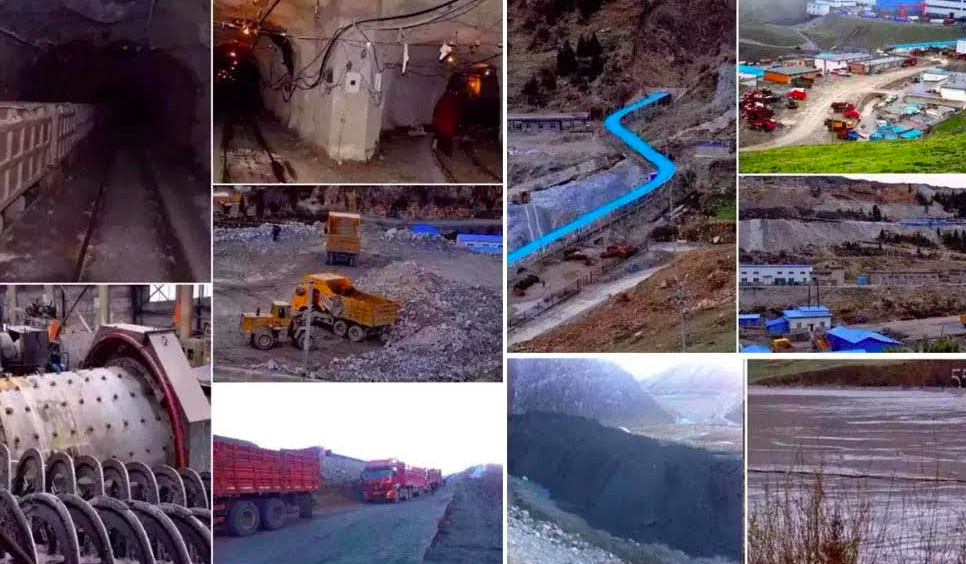By Tsering Dhundup
DHARAMSHALA, April 13: A video clip titled ‘The Change of Amnye Machen’ was widely circulated by a local environmental protection group called the Plateau Nature Conservancy in the so called Qinghai Province in Tibet.
In the video, the snow of the sacred mountain Amnye Machen is described to be melting at a rate of 17 meters each year, raising concerns over its eventual disappearance in the coming decades. Despite this alarming situation, the Chinese government has been conducting mining activities around Amnye Machen for over 30 years and is currently working on expanding these operations.
The video obtained by a Tibetan media outlet based in Dharamshala, Tibet Times, features a Tibetan nomad who grew up at the foot of the Amnye Machen mountain. He recalls his first pilgrimage circuit around the mountain in 1986 and notes a drastic change in the snow coverage and environment since then. Comparing the snow-covered areas from the past to now, he highlights significant melting, with up to 1200 meters of snow disappearing at the highest level and at least 240 meters at the lowest. The man further states that from 2017 to 2023, the snow of Amnye Machen has melted at a consistent rate of 17 meters per year.
As Amnye Machen is a crucial source of the Machu River, the diminishing snow has led to the premature drying of numerous water springs surrounding it. Additionally, the accelerated growth of various plants at the mountain’s base indicates an increase in temperature. This change affects not only the local flora and fauna but also the livelihoods of nomads residing in the area.
Located in Machen County, in Golok, Tibet, Amnye Machen holds religious importance as one of the four sacred mountains of Tibet, attracting thousands of pilgrims annually. However, since 1993, the Chinese government has initiated mining projects around it. In 1997, the project was handed over to the Qinghai West Copper Mining Company Private Limited, which has since expanded its operations, primarily focusing on copper extraction. The excessive mineral exploitation has resulted in pollution, with mining waste contaminating the Guchu River, rendering it undrinkable for residents and posing threat to wildlife.
Despite repeated appeals from local communities to halt mining activities, including a written appeal to the central government in August 2017, no significant action has been taken. Reliable information received by Tibet Times on April 9, 2024, confirms that the West Copper Mining Company continues its excessive mineral extraction in the vicinity of Amnye Machen. Local nomads report that the mining activities, which began in the eighties and nineties, have led to the establishment of worker settlements and smelters resembling a town near the mining area.










